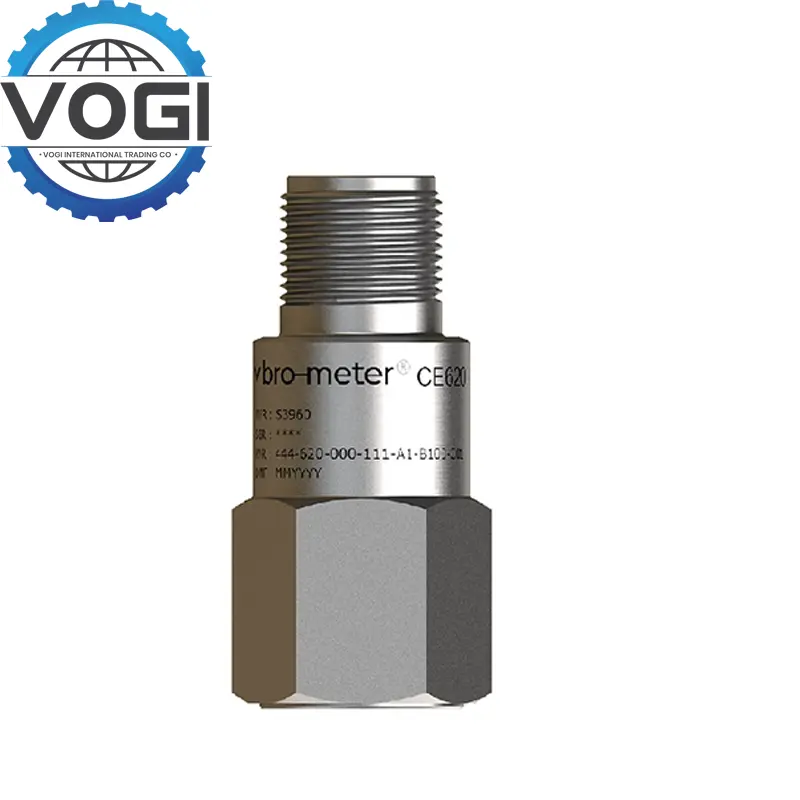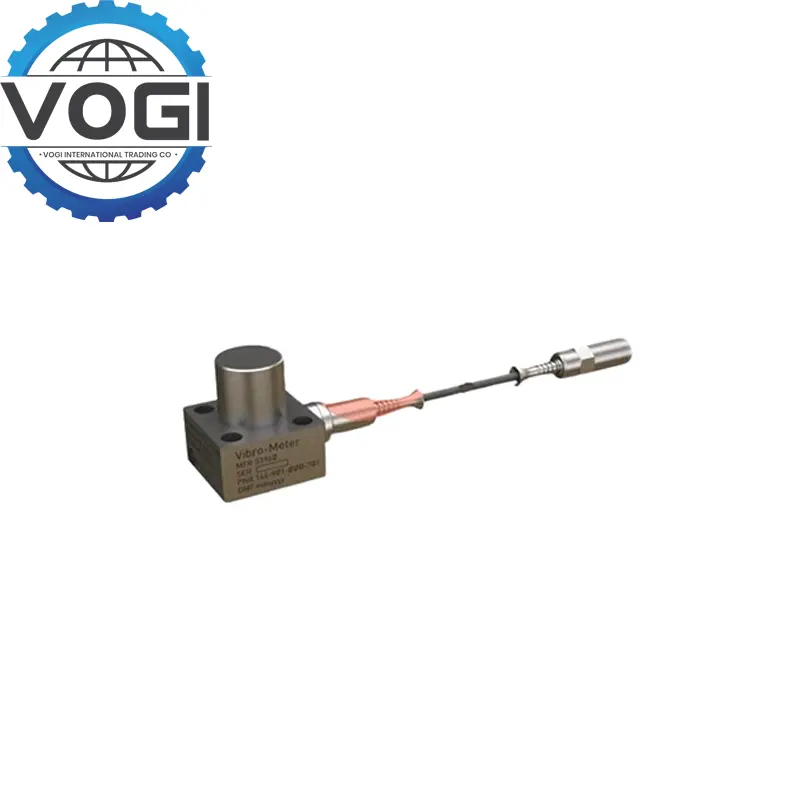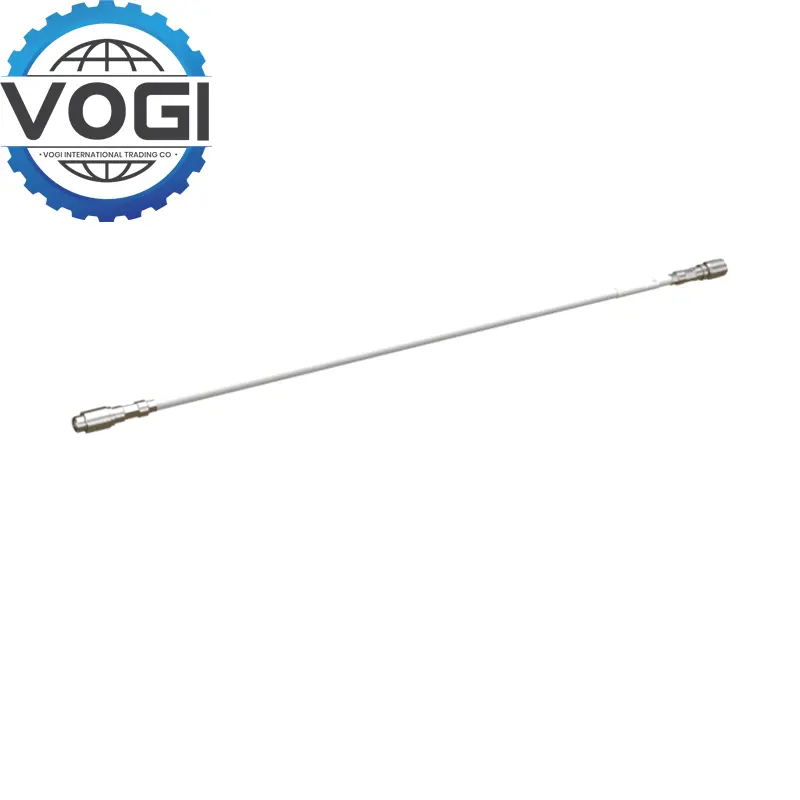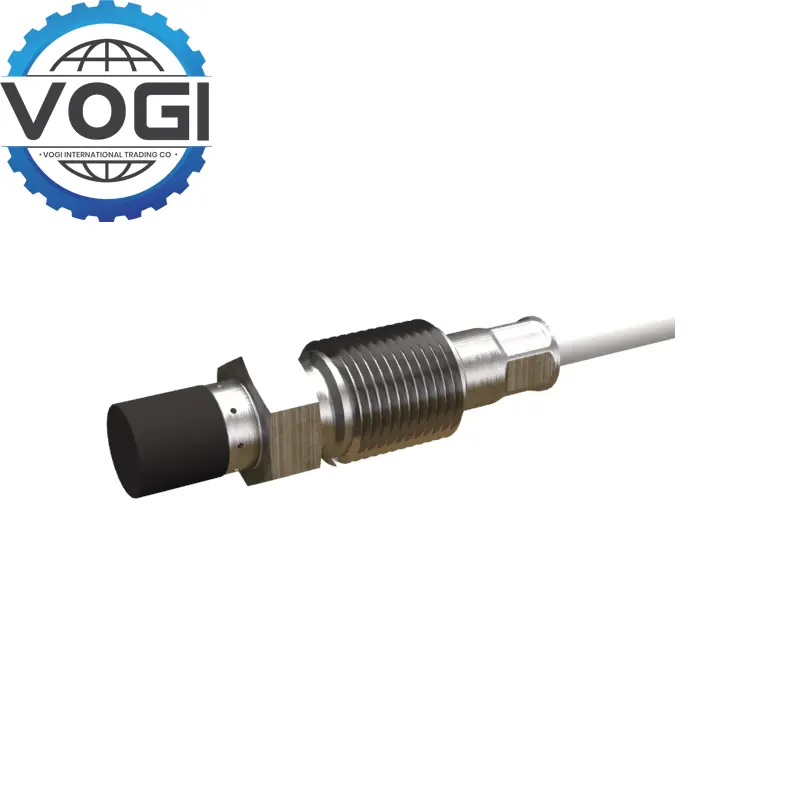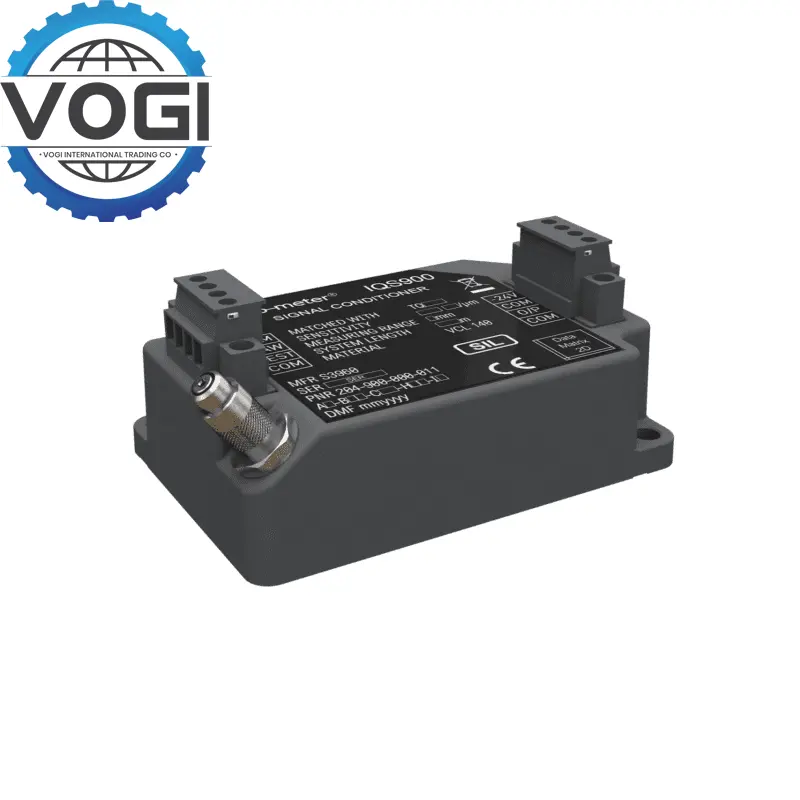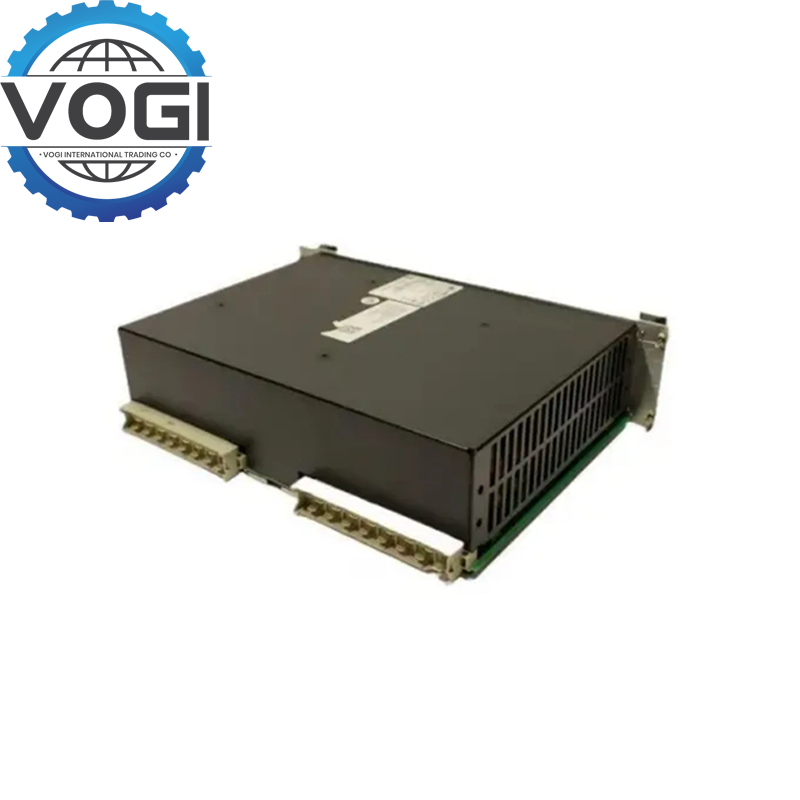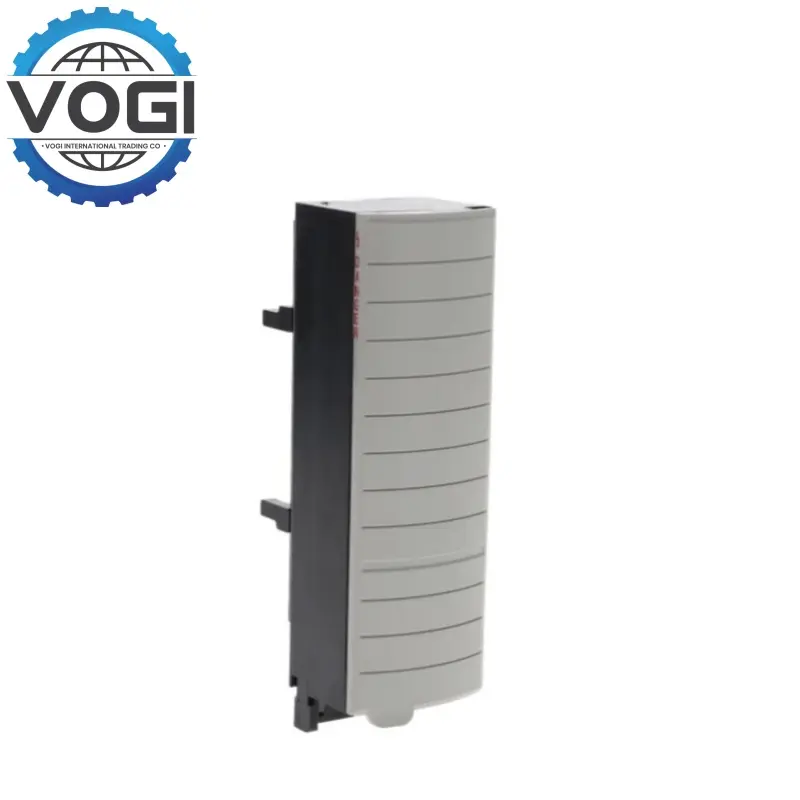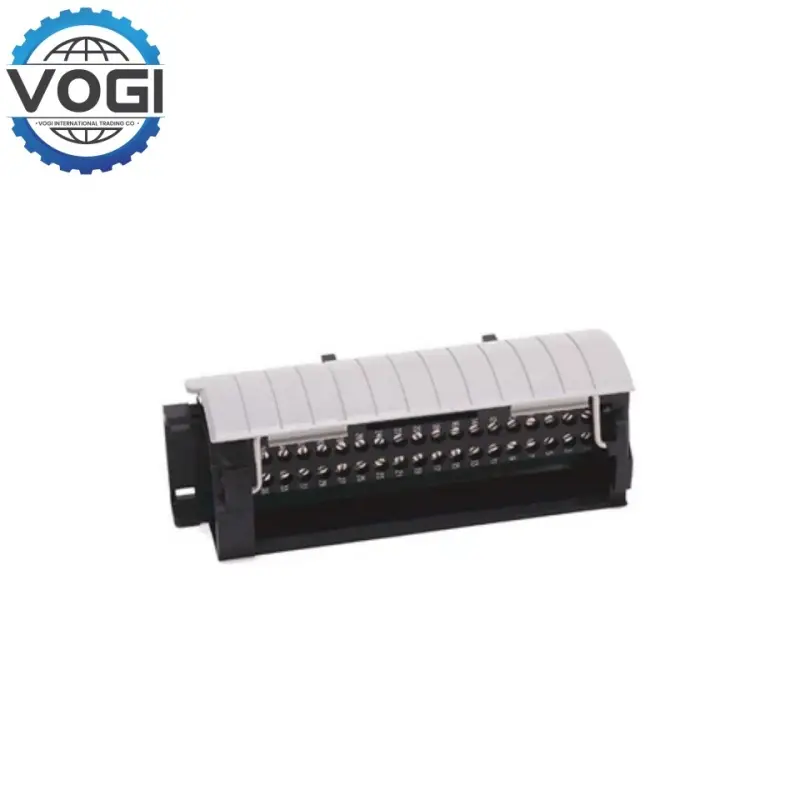Allen Bradley 1756-TBCH 36-pin Removable Terminal Block
Key SpecificationsVogi
Input Voltage: 380V AC ±10%( three phase four wire system)
Output Voltage: 24V DC(±5%) Rated Current 6A( Max load 144W)
Efficiency: ≥92%
Peak current: 30A
Degree of protection: IP60 (dust-proof)
Temperature of operation: -20°C ~ 60°C
Vibration reistance: 5-500 Hz, 3.5g
Freight Estimation(Part Of The Area)Vogi
|
Destination |
Freight |
|
Middle East |
$35 |
|
Southeast Asia |
$15 |
|
South Asia |
$45 |
|
South Africa |
$37 |
|
Europe and USA |
$24 |
|
Russia |
$42 |
FeaturesVogi
1. Signal termination and conditioning: One of the important features of the Allen Bradley 1756-TBCH is signal termination: in principle, it terminates specific signals in the control system to prevent signal reflection and ensure the accurate transmission of the signal.
2. Processing the signal: filtering noise in the signal path, transforming the signal to a more suitable for the following components in pre-signal architecture processing. For instance, the transformation of the switch signal from a variable that is analog (or something else) to another variable that is digital (or otherwise), depending on the connected variable signal.
It is off the Allen Bradley 1756-TBCH as communication interface. It talks to the PLCs, I/O and HMIs and other Allen Bradley devices. This allows different parts of the control system to communicate and work together smoothly. The network in this work follows Etherent/IP, being one of the most used industrial automation protocols due to its speed and unchanged data transmission. It will be the perfect interface for delivering sensors data and control signals and for receiving status updates to enable monitoring and process control in industrial environments in real-time.
3. Diagnostics and Monitoring: The Allen Bradley 1756-TBCH has some built-in diagnostics. It may continually check the health and performance of the attached signals and devices. As for the occurance of problems, one of them is that problems are a disease process such as a short circuit or an errant signal level. If a problem is detected, an alarm can be generated as a diagnostic message to the central control system or operator's console. Thus, the benefit of this system is to reduce the time with low productions and executing preventive maintenance
applicationsVogi
1. In assembly lines: It manages the movement and labor of robotic arms, conveyers and other automated machinery. For instance, it takes input from sensors that tell it if products are present or how they are positioned on the conveyor. Actuators receive control signals to calculate the conveyor's speed or azimuth. It communicates with the quality control system to inspect the equipment and sends data to the central control system to analyze it and make decisions.
2. Process control: Allen Bradley 1756-TBCH is extensively used in process control industries like chemical, pharmaceuticals, and food processing. It regulates and monitors different process variables like temperature, pressure, flow rate and liquid level If we take an example of a chemical reactor, it takes input from temperature sensor & controls on or off heating or cooling device to keep the desired temperature for reaction.
3. Control & monitoring of building services: In the newest building management systems, the edge devices used are Allen Bradley 1756-TBCH. It works with the HVAC (Heating, Ventilation and Air Conditioning) system to maintain environmental conditions such as temperature and air quality in various areas of the building. It also controls the operation of lighting systems, geysers, elevators and security system doors.








